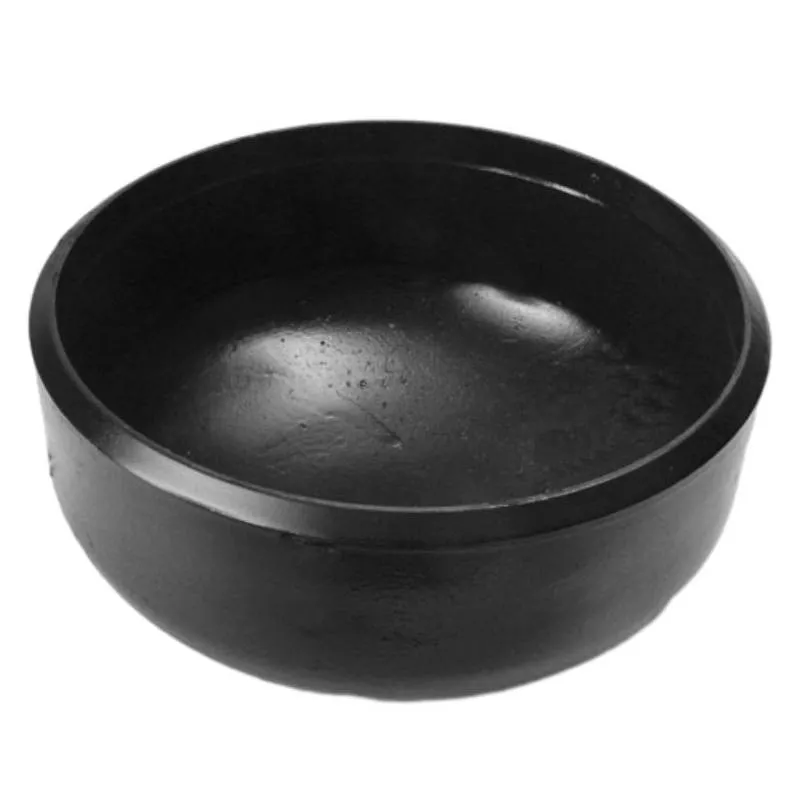-
Cangzhou Yulong Steel Co., Ltd.
-
Phone:
+86 13303177267 -
Email:
admin@ylsteelfittings.com

Dec . 17, 2024 01:38 Back to list
stainless steel pipe standard
Understanding Stainless Steel Pipe Standards
Stainless steel pipes are essential components in numerous industries, from construction and manufacturing to pharmaceuticals and food processing. Their widespread use is largely due to stainless steel's remarkable properties, such as resistance to corrosion, high strength, and ability to withstand extreme temperatures. However, to ensure the pipes meet specific performance and quality requirements, various standards have been established.
What Are Stainless Steel Pipe Standards?
Stainless steel pipe standards dictate the specifications, dimensions, finish, and testing methods for the production and utilization of stainless steel pipes. These standards are crucial for ensuring safety, reliability, and compatibility in various applications. They set guidelines on material composition, mechanical properties, and manufacturing processes, thereby facilitating standardization across the industry.
Major Standards Organizations
Several organizations globally develop and maintain stainless steel pipe standards. Among them, three stand out
1. ASTM International The American Society for Testing and Materials (ASTM) is renowned for its rigorous testing and development of standards. ASTM A312, for example, covers seamless and welded austenitic stainless steel pipes for high-temperature and general corrosive service.
2. ASME (American Society of Mechanical Engineers) ASME standards are critical, especially in the pressure vessel and piping industries. ASME B36.19 sets the dimensional standards for stainless steel pipes, ensuring consistency and safety in design and installation.
3. ISO (International Organization for Standardization) ISO standards, such as ISO 1127, provide guidelines for the dimensions and tolerances of stainless steel pipes, promoting international standardization and trade.
Key Specifications
Various specifications govern the manufacturing of stainless steel pipes
. These specifications includestainless steel pipe standard

- Material Grades Common grades of stainless steel pipes include 304, 304L, 316, and 316L. Each of these grades has unique properties that make them suitable for different applications—304 is widely used for its excellent corrosion resistance, while 316 is preferred in marine environments due to its superior resistance to saltwater.
- Pipe Dimensions Standards also outline the acceptable dimensions for pipes, including nominal pipe size, outside diameter, wall thickness, and weight per unit length. This information is vital for ensuring compatibility in piping systems.
- Testing Requirements The standards stipulate various testing methods to ensure the integrity and safety of the pipes. These may include hydrostatic testing, non-destructive testing, and visual inspection to check for or without defects.
Applications of Stainless Steel Pipes
Stainless steel pipes are utilized in various sectors, including
- Construction In construction, stainless steel pipes are often used in structural applications, plumbing, and HVAC systems due to their strength and durability.
- Food and Beverage Industry Given their hygienic properties, stainless steel pipes are a preferred choice in food processing and beverage production. They are easy to clean and resistant to corrosion, making them safe for transporting food and drink.
- Chemical Processing The chemical industry often employs stainless steel pipes because of their ability to withstand harsh chemicals and extreme conditions.
- Oil and Gas Stainless steel pipes are crucial in the oil and gas sector as they can endure high pressures and temperatures.
Conclusion
The standards for stainless steel pipes are critical in ensuring that these components meet the safety, performance, and quality requirements necessary for various applications. Understanding these standards allows manufacturers and engineers to select the appropriate materials and processes, ultimately leading to enhanced safety and efficiency in operations. Whether it's through ASTM, ASME, or ISO specifications, adherence to these standards plays a pivotal role in advancing technology and innovation within the industry. As we continue to experience growth in various sectors, the importance of these standards will only increase, reinforcing the critical role of stainless steel pipes in modern infrastructure and manufacturing.
Latest news
-
ANSI 150P SS304 SO FLANGE
NewsFeb.14,2025
-
ASTM A333GR6 STEEL PIPE
NewsJan.20,2025
-
ANSI B16.5 WELDING NECK FLANGE
NewsJan.15,2026
-
ANSI B16.5 SLIP-ON FLANGE
NewsApr.19,2024
-
DIN86044 PLATE FLANGE
NewsApr.19,2024
-
DIN2527 BLIND FLANGE
NewsApr.12,2024
-
JIS B2311 Butt-Welding Fittings LR/SR 45°/90° /180°Seamless/Weld
NewsApr.23,2024
-
DIN2605-2617 Butt-Welding Fittings LR/SR 45°/90°/180° Seamless/Weld
NewsApr.23,2024











